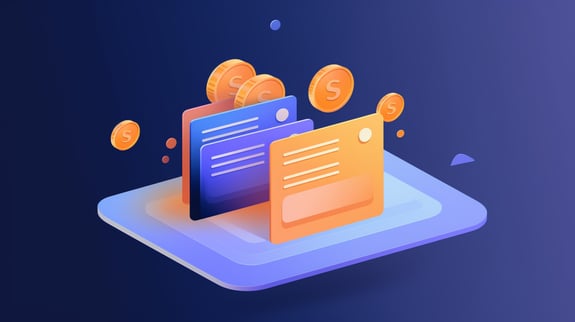As your company grows and deals become more complex, you’ll have more moving parts to manage, more stakeholders to involve, and more risks to assume. It’s more important — and difficult — than ever to ensure alignment across revenue and risk teams. Luckily, a deal desk helps your legal, sales, finance, product, and CS teams share the burden of an efficient sales process involving non-standard contracts.
Here’s what you need to know about the function of the deal desk in the contracting process.
What is a deal desk?
A deal desk is the centralized team or integrated software that manages the sales contracting process for high-growth businesses with complex deal structures.
A deal desk helps to standardize the sales process for businesses with complicated pricing structures and intricate product configurations. This ensures consistency across product pricing and empowers sales to sell without discounting to their detriment.
A deal desk helps to:
- Streamline the sales process
- Standardize complex pricing
- Negotiate contracts and terms of service
- Verify payment information
- Identify risks
With a deal desk, the responsibility for executing deals efficiently no longer falls exclusively on sales or legal’s shoulders, but is a shared burden across teams. The deal desk centralizes the moving parts of sales operations by enabling cross-functional collaboration and integrating tooling.
Which teams are involved in the deal desk?
The deal desk is a group effort from the legal, sales, finance, product, CS, and marketing teams. The makeup of your deal desk team might change depending on your org structure and the specific roles that each team plays in closing the deal.
Here are some ways that could look.
Sales: Running point on a deal, sales acts as the liaison between the business and the customer. The sales team facilitates the deal as the customer’s champion and enables other teams to serve them well.
Legal: Legal can be responsible for negotiating terms (which should still involve sales), defining the master terms like NDA, MSA, and DPA, and approvals.
Finance: As the money team, they care about payment terms, discounts, renewals, net pay terms, etc.
When building out your deal desk, consider how much power it can wield in terms of changing terms and modifying the sales process.
Tools in your deal desk tech stack
Some of the common tools in a deal desk are:
CPQ: Configure, Price, Quote (CPQ) software helps sales use established deal structures (from the deal desk) to generate proposals and quotes for prospects with less risk of underpricing.
CRM: A customer relationship management (CRM) tool like Salesforce or HubSpot is important for managing customer data and tracking the progress of the deal.
CLM: Contract lifecycle management (CLM) technology bridges the gap between generating a proposal and signing the contract.
ESignature: ESignature lets you collect signatures on agreements quickly using digitally native signing tools.
Takeaways
The deal desk is a group effort between revenue teams like sales, marketing, and CS, and risk teams like legal and finance. For teams with multiple product offerings, tiered pricing, and a suite of add-ons, a deal desk can help you calculate your pricing and enable your sales team to consistently do so. CLM is critical to your deal desk, as it automates contract execution. Collaborative in nature, it also provides visibility to your cross-functional teams so everyone stays on the same page.
See how LinkSquares fits into your deal desk tech stack – contact us today.

Subscribe to the LinkSquares Blog
Stay up to date on best practices for GCs and legal teams, current events, legal tech, and more.


